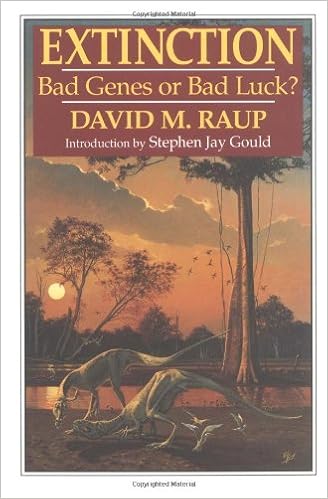Here is an article in Cosmos that apparently wasn’t edited by Chicken Little. It addresses defects in our current knowledge:
Setting aside the vague definition, calculating the extinction rate is tricky. A logical method is to divide how many species became extinct over a certain time by the total number of species on the planet. But scientists don’t know how many different animal species exist. Estimates vary wildly. One recent example was published by University of Melbourne entomologist Andrew Hamilton and colleagues in Proceedings of the National Academy of Sciences. Hamilton calculated that the number of terrestrial arthropod species – which includes insects and spiders, and is the largest single group of animals – is around 6.8 million. That’s far fewer than the 30 million previously estimated. Beetle species alone had been overestimated by around 16 million, Hamilton calculated (caused, in part, by assuming that beetles were pickier about which treees they lived in).
Vertebrates, by comparison, are relatively easy to find, identify and count – plus it’s more obvious when they disappear. “We can calculate the extinction rate pretty accurately for birds and mammals”, and other vertebrates, says Duke University ecologist Stuart Pimm. Twenty years ago, Pimm and his colleagues came up with the statistic extinctions per million species per year – “a bloody awful mouthful!” he admits – as the standard when talking extinction. “But what do we know about other taxa, such as all of those bloody beetles? The answer is: we don’t.” More.
Which is why nothing useful gets done until Little is off sick with the bird flu, and takes his flock with him.
 Many of us have found this older book (1992) by paleontologist David M. Raup quite useful in understanding the background to extinctions: Extinction: Bad Genes or Bad Luck?
Many of us have found this older book (1992) by paleontologist David M. Raup quite useful in understanding the background to extinctions: Extinction: Bad Genes or Bad Luck?
See also: Species assumed to be extinct sometimes turn up again, complicating the picture.
Follow UD News at Twitter!